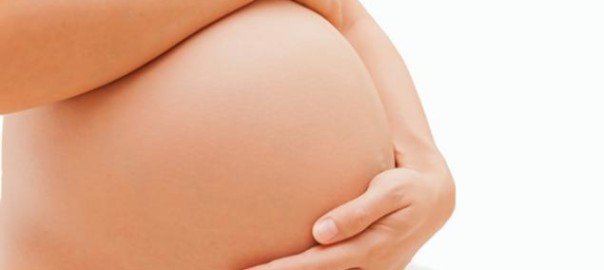Stem Cells to Treat Unborn Babies with Debilitating Genetic Disease

In a preemptive approach to treat a debilitating genetic disease, scientists in Germany and the United States are planning clinical trials to use stem cell therapy to treat osteogenesis imperfecta (OI) in ailing fetuses.
Occurring in about one in 20,000 live births, OI is the result of a gene mutation that leads to a deficiency in collagen and defective connective tissue. The condition is characterized by abnormally brittle bones which have the propensity to fracture. OI is diagnosed based on clinical presentation and can be confirmed by DNA testing. The condition is typically associated with a short stature and a constellation of symptoms such as blue sclera, hearing loss, and neurological complications. There is no definitive cure for osteogenesis imperfecta, and therapy is aimed at improving bone strength and preventing fractures.
Oliver Semler, a 41-year-old German pediatrician, himself afflicted with the disease, hopes to use stem cell therapy to arrest the condition even before the baby is born. Semler was found to have a rib fracture at birth and suffered a second fracture when he was 2 days old. Diagnosed with osteogenesis imperfecta, Semler spent his childhood in and out of casts and underwent as many as 27 surgeries to repair broken bones.
With over 250 pediatric OI patients under his care, Semler is now preparing for a clinical trial which will give babies with this condition a healthier start in life. Prenatal stem cell therapy is arguably tricky because it involves pregnant women and their unborn babies, with feasibility, safety, and ethical issues complicating biological insights and scientific breakthroughs.
In collaboration with Anna David of the University College of London, Semler is undertaking a herculean effort involving dozens of physicians and millions of dollars. Based on the premise that developing fetuses have an immature immune system that is not yet fully functional, prenatal stem cell therapy transplants progenitor cells into an unborn baby and allows them to grow into whatever cell type is lacking, without the need to suppress the immune system with toxic agents. This theoretical presumption, however, is complicated by the unique setting of pregnancy where two genetically distinct individuals, the mother and her developing fetus, are intertwined. Maternal immune cells circulate in the fetus and can lead to a rejection of donor cells, which is why outcomes from prior prenatal stem cell therapy have been rather dismal.
Semler and his colleagues are encouraged by the promising results shown by off-trial ad-hoc prenatal stem cell therapy. After losing one baby to OI, Stefan and Madeleine Karlsson of Sweden underwent a radical procedure in which 6 million mesenchymal stem cells (MSCs) sourced from the liver of an aborted fetus were infused through the umbilical vein into Madeleine’s unborn baby. Even though the transplanted cells did not genetically match Madeleine or her baby (later named Olivia), a bone biopsy later revealed that some of them had engrafted.
Olivia has been on a rollercoaster ride with her OI. Early success was followed by a spate of fractures at age 6, with a repeat MSC transplant from the same donor tissue helping. At 14 years old now, Olivia has been fracture-free for 18 months, which is a better outcome than her doctors had anticipated.
The groundwork for in-utero stem cell therapy has been laid, but only controlled clinical trials will tell whether MSCs are truly useful in OI. By supplying MSCs to the developing fetus, Semler hopes to build healthier bones before OI takes a hold. BOOSTB4, a $9 million OI trial, is planned; 15 babies with OI will be given in-utero MSCs and the results will be compared to a cohort of another 15 babies who will receive MSC transplants after birth.
References:
http://www.sciencemag.org/news/2016/04/ailing-fetuses-be-treated-stem-cells
https://en.wikipedia.org/wiki/Osteogenesis_imperfecta


